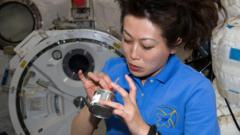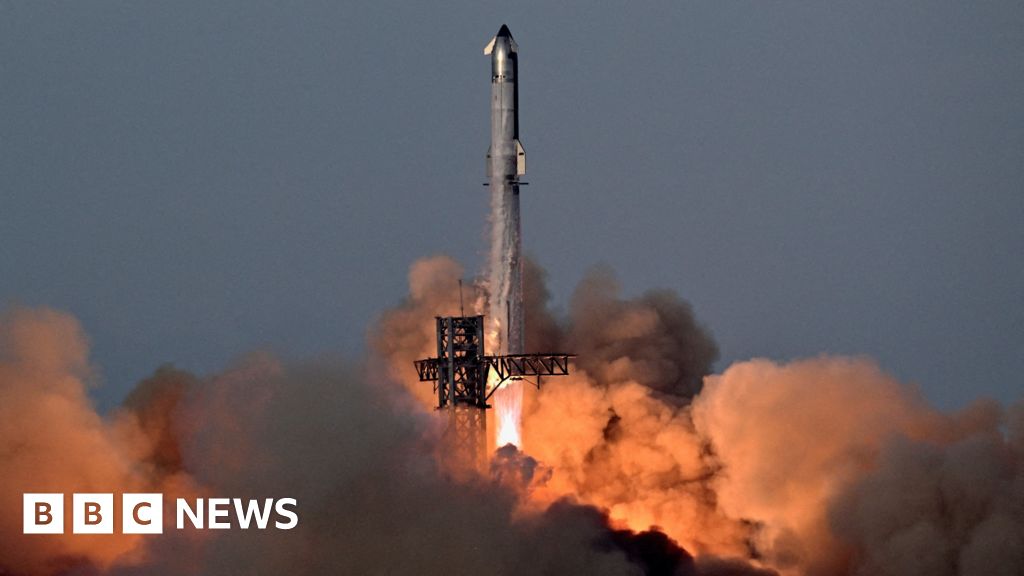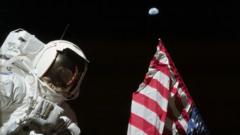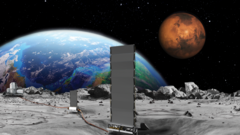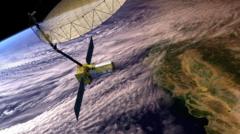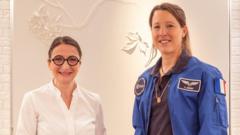In an innovative leap towards sustainable nutrition in space, the European Space Agency (ESA) has initiated a pioneering experiment that could enable astronauts to grow lab-grown food in orbit. Launched today, the mission examines the viability of cultivating essential food components like protein and carbohydrates in the unique environment of space, characterized by low gravity and heightened radiation.
Currently, NASA estimates that the cost of supplying food to astronauts aboard the International Space Station (ISS) can reach an extraordinary £20,000 per day. To address this financial burden, ESA is investing in research to develop efficient food production solutions that could drastically lower expenses during long missions. According to Dr. Aqeel Shamsul, CEO of Frontier Space, which is collaborating with researchers from Imperial College London, the successful outcome of this project is a crucial step towards establishing a small-scale food production plant on the ISS within the next two years.
Dr. Shamsul envisions a future where manufacturing facilities could thrive both in orbit and on the Moon: "We need to build manufacturing facilities off world if we are to provide the infrastructure to enable humans to live and work in space," he remarked. The process of creating lab-grown food consists of bioengineering proteins and other nutrients in controlled environments, which are then refined to resemble traditional dishes.
Experimental groundwork for this project takes inspiration from established lab-grown food markets on Earth, including lab-grown chicken available in the US and Singapore, with lab-grown steak pending approval in the UK and Israel. While environmental benefits on Earth are vital—such as reduced land usage and decreased greenhouse emissions—the focus in space remains primarily on cost efficiency.
With increasing ambitions for permanent human presence on the Moon, Mars, and beyond, the need arises to develop sustainable food sources for what could be tens or hundreds of astronauts living and working in extraterritorial habitats over extended periods. Dr. Shamsul proposes starting with simpler foods such as protein-rich mashed potatoes before advancing to more complex meals fabricated using 3D printing technologies.
As part of the recent mission, a smaller bioreactor was dispatched aboard SpaceX's Falcon 9 rocket to assess whether the process of food creation is feasible in space. This initial phase involves sending a small sample of yeast-based food ingredients into orbit for a test duration of approximately three hours. Post-mission analysis will be conducted at Imperial College to extract insights that could enhance future food production systems.
While the algae-based concoction appears aesthetically unpleasing—perhaps even more so than the freeze-dried rations currently provided to astronauts—efforts are underway to make lab-grown offerings palatable. Culinary educator Jakub Radzikowski, working with the research team, is developing recipes using alternative ingredients derived from natural sources, preparing for the eventual use of lab-grown materials once regulatory approvals are obtained.
Lifelong astronaut Helen Sharman, who participated in taste testing these early prototype dishes, expressed enthusiasm for the potential of lab-grown food in space missions, recognizing its promise for improving the nutritional quality of astronauts' diets and making them more appetizing. “Astronauts tend to lose weight due to a lack of variety and interest in their meals,” she noted, emphasizing how revitalized, home-cooked options could enhance their overall experience in orbit.
As the ESA continues this exciting venture, the reach of space farming may alter the future of how humanity lives and thrives beyond our planet, bringing us closer to making multi-planetary society a reality.

